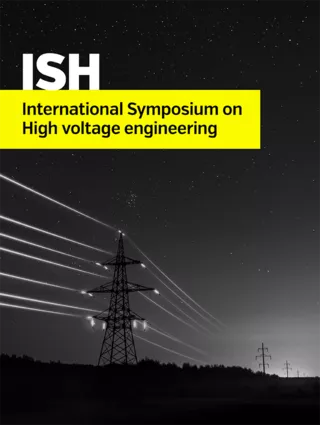Summary
The insulation system plays a very important role in all the overhead transmission lines, and its most important components are the electrical insulators. Those equipment are expected to ensure the electrical insulation between energized cables and their adjacent mechanical supporting points. It is required, therefore, that the insulators have great capacity of electric current minimization and also a very high mechanical strength. Among the materials employed in the high voltage insulators manufacturing there are glass, porcelain and polymer composites. Polymeric materials have been applied in electrical insulation due to, among other qualities, its hydrophobic characteristic, that prevent the formation of water films on the surface of the insulator. However, this characteristic is degraded by several agents, such as climatic and electric influences. In 1992 the Swedish Transmission Research Institute developed a guide on how to visually rank hydrophobicity of polymeric insulator surfaces. The STRI Guide, which is still one of the most employed references nowadays, sets out three methods for classification: the contact angle method, method of surface tension and the spray method. Among the classification methods, the spray method is the most suitable method for field work, due to its ease of application. However, the spray method has an important subjective component, since classification depends, in part, on the operator's experience. In this work, a computational tool, capable of aiding in the decision making of the spray method, is proposed. It is able to quantitatively assist the classification of hydrophobicity in high voltage electrical insulators with polymeric surface. The developed algorithm extracts numerical parameters from pictures of the insulators, such as: number of wet regions, size of wet regions, size of dry regions and the percentage distribution of areas. From these parameters, it is possible to numerically and objectively evaluate of the hydrophobicity class of the isolator, and consequently give an indication of its operational state.
Additional informations
| Publication type | ISH Collection |
|---|---|
| Reference | ISH2017_378 |
| Publication year | |
| Publisher | ISH |
| File size | 537 KB |
| Pages number | 6 |
| Price for non member | Free |
| Price for member | Free |
Authors
E.G. da Costa, A. BARBOSA DE OLIVEIRA NETO, R.B. DA NOBREGA, T.V. FERREIRA


